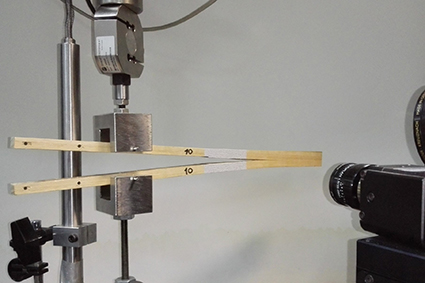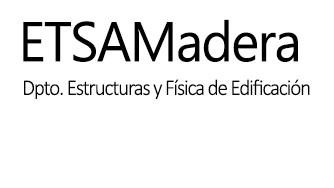
Abstract
The prediction of the fracture behaviour through reliable and practical criteria in the design of structural timber elements and connections has become of great importance and demands a proper fracture characterization of the material. Eucalyptus globulus Labill is envisioned as a hardwood species with great potential for high performance structural purposes because of its major mechanical and durability properties, being so far mainly used in paper industry. Experimental research on the identification of the resistance curves to derive the critical strain energy release rate in Eucalyptus globulus L. under pure mode I and RL crack propagation system is performed by means of Double Cantilever Beam tests. Three different data reduction schemes are compared: the Modified Experimental Compliance Method; and two approaches of the Compliance Based Beam Method. These methods take into account the non negligible damage mechanisms at the fracture process zone and have the advantage of being based exclusively on the specimen compliance following an equivalent crack concept, for which crack length monitoring during testing is not required. The Compliance Based Beam Method turns out to be the most appropriate data reduction scheme to obtain the critical energy release rate in eucalyptus because of its simplicity. Concerning this, a high average value of 720 J/m2 was obtained confirming Eucalyptus globulus L. as a promising hardwood species for timber structural design.
https://doi.org/10.1617/s11527-018-1209-9
